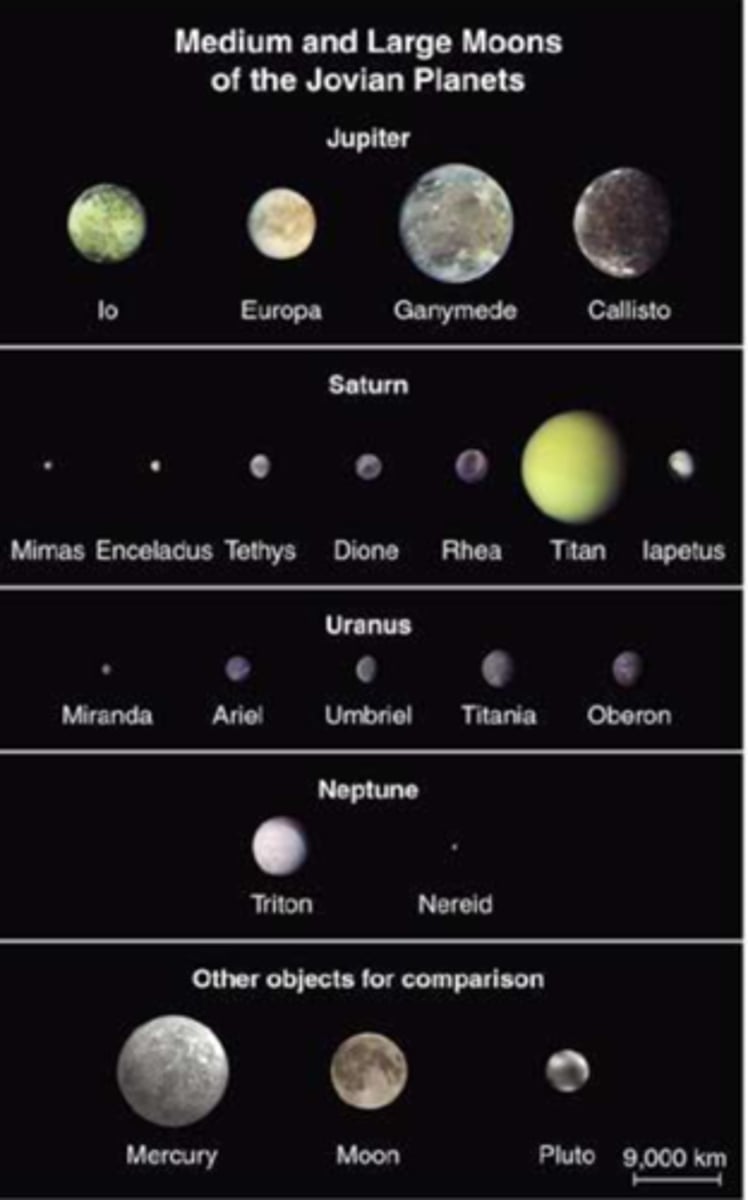moons of saturn
1/19
There's no tags or description
Looks like no tags are added yet.
Name | Mastery | Learn | Test | Matching | Spaced |
|---|
No study sessions yet.
20 Terms
Titan
Saturn's largest moon, thick nitrogen atmosphere
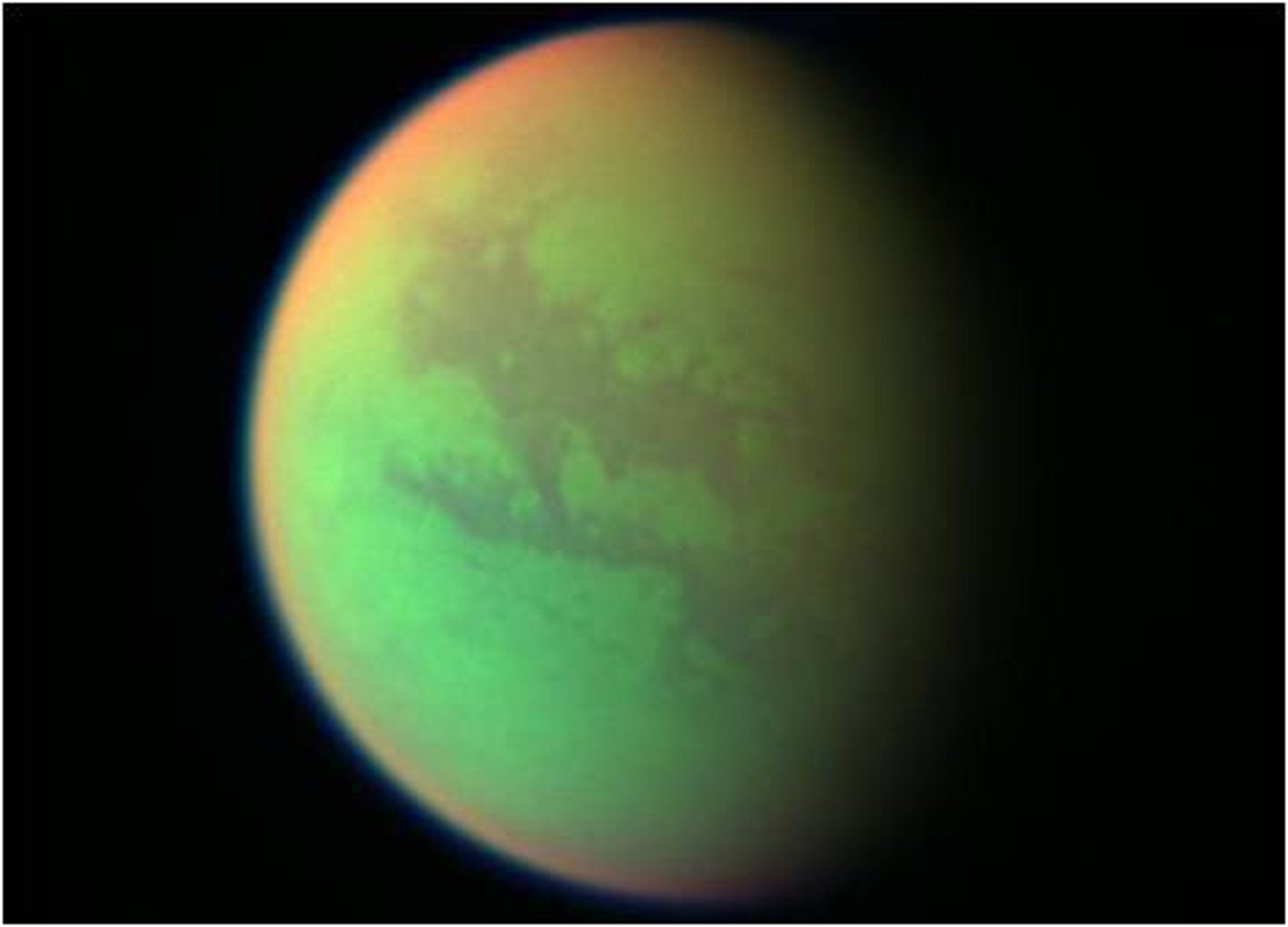
Enceladus (Saturn)
Enceladus is the sixth-largest moon of Saturn. It is about 500 kilometers in diameter, about a tenth of that of Saturn's largest moon, Titan. Enceladus is mostly covered by fresh, clean ice, making it one of the most reflective bodies of the Solar System. Wikipedia

Mimas is an interesting moon of Saturn because
It resembles the Death Star from Star Wars.
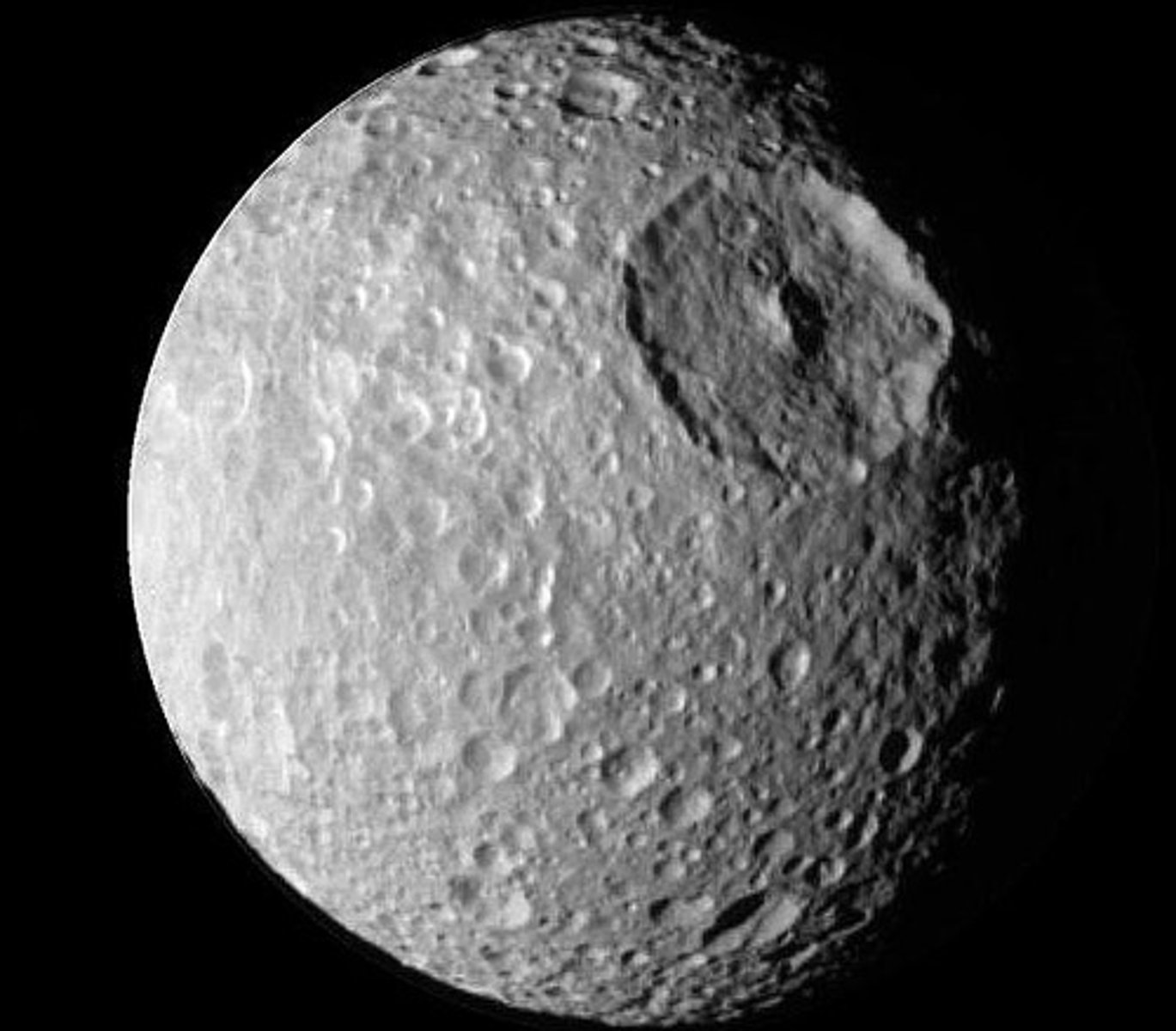
Tethys
Tethys, or Saturn III, is a mid-sized moon of Saturn about 1,060 km across. It was discovered by G. D. Cassini in 1684 and is named after the titan Tethys of Greek mythology. Wikipedia
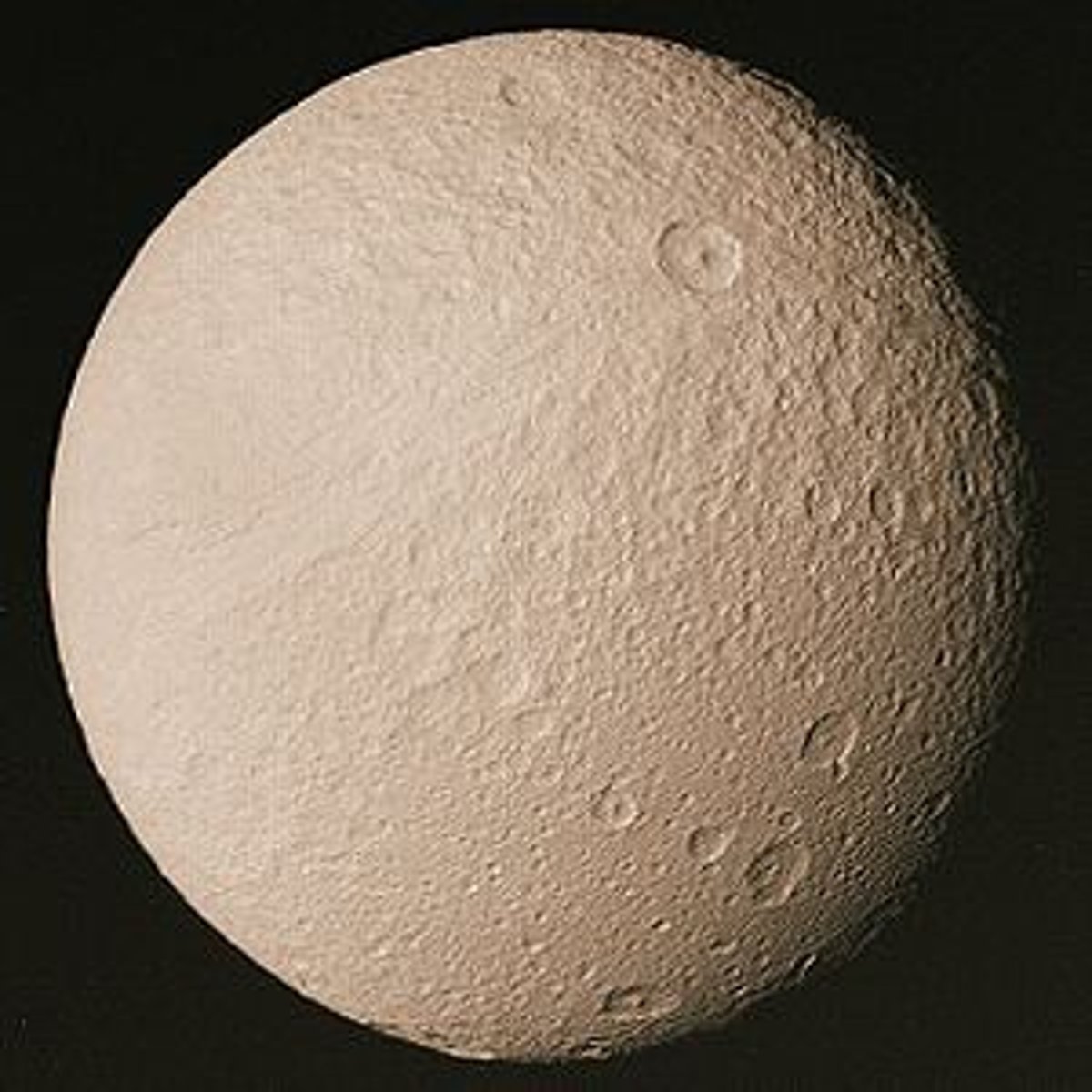
dione (saturn)
Dione is a moon of Saturn. It was discovered by Italian astronomer Giovanni Domenico Cassini in 1684. It is named after the Titaness Dione of Greek mythology. It is also designated Saturn IV. Wikipedia
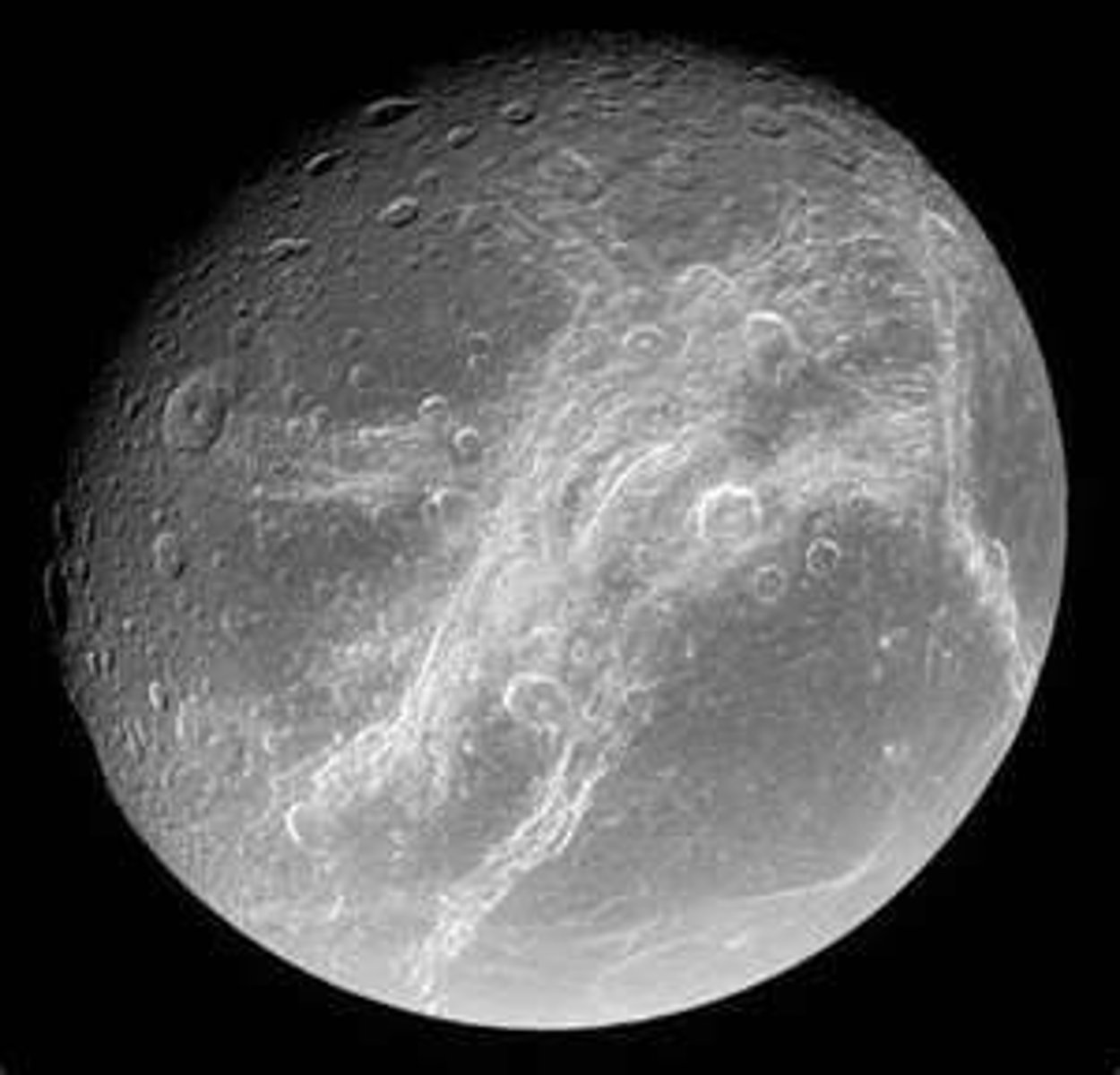
Iapetus
Saturn's third largest moon

Rhea (Saturn)
Rhea is the second-largest moon of Saturn and the ninth-largest moon in the Solar System.
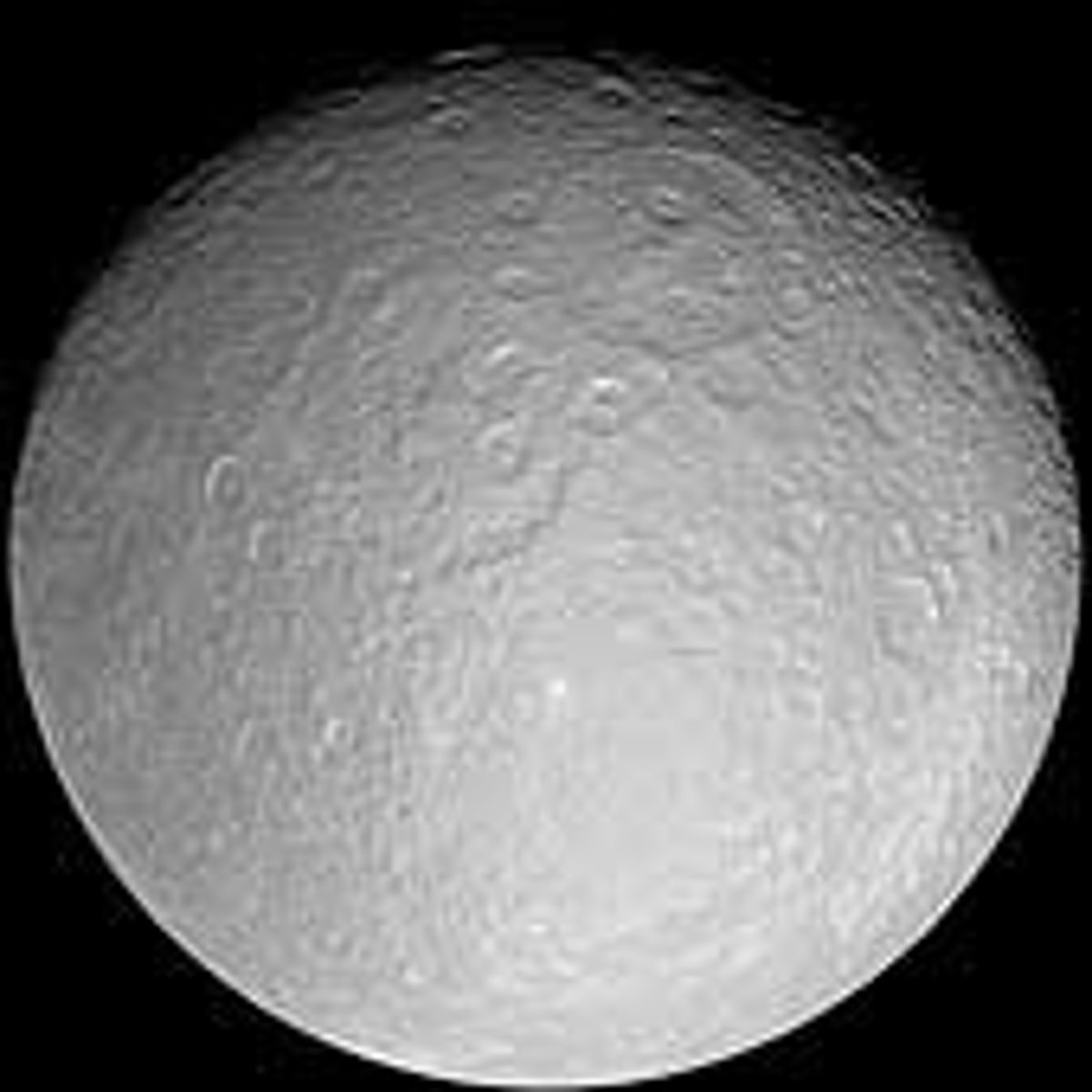
Hyperion
Hyperion, also known as Saturn VII, is a moon of Saturn discovered by William Cranch Bond, George Phillips Bond and William Lassell in 1848. It is distinguished by its irregular shape, its chaotic rotation, and its unexplained sponge-like appearance. It was the first non-round moon to be discovered. Wikipedia
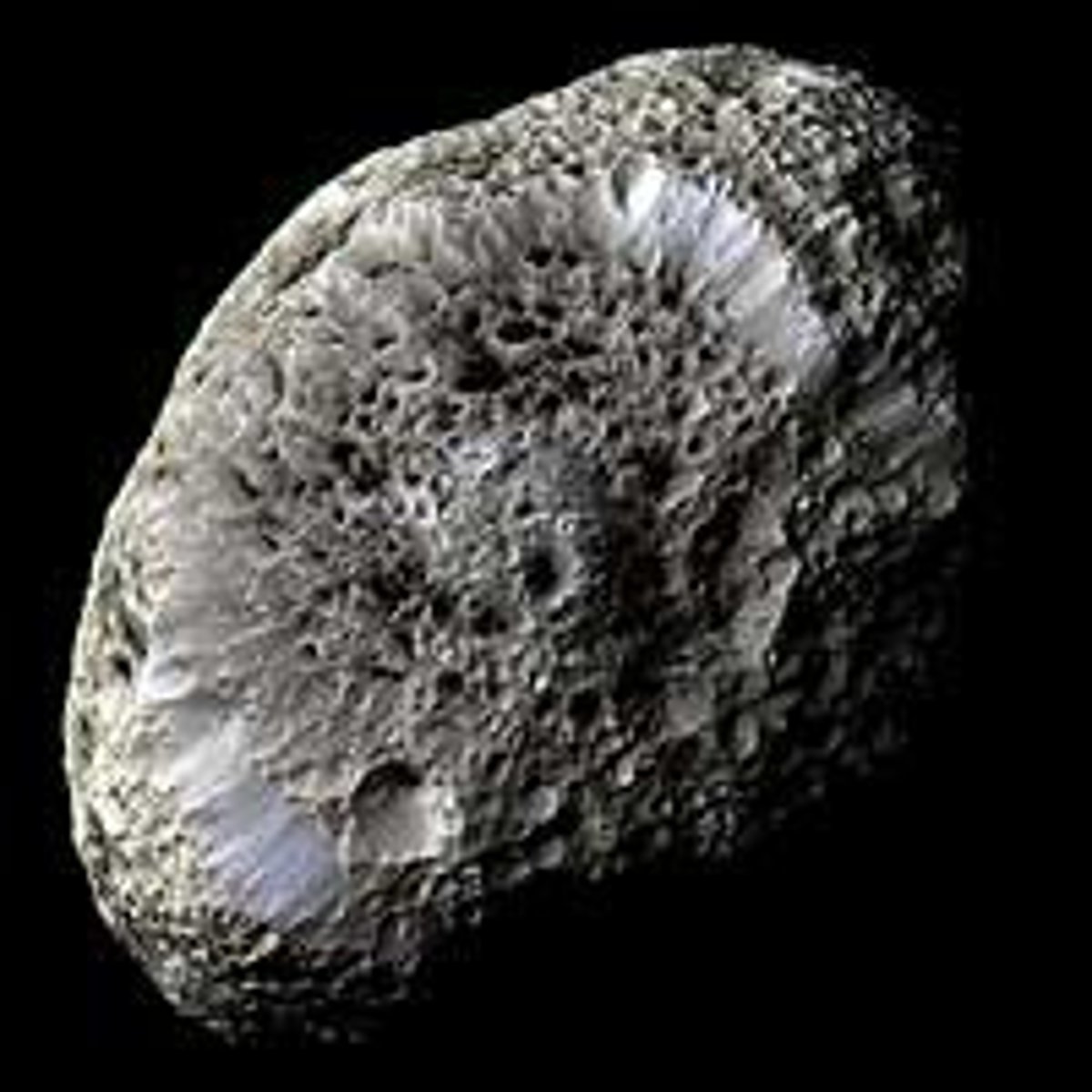
Epimetheus moon
Epimetheus is an inner satellite of Saturn. It is also known as Saturn XI. It is named after the mythological Epimetheus, brother of Prometheus. Wikipedia
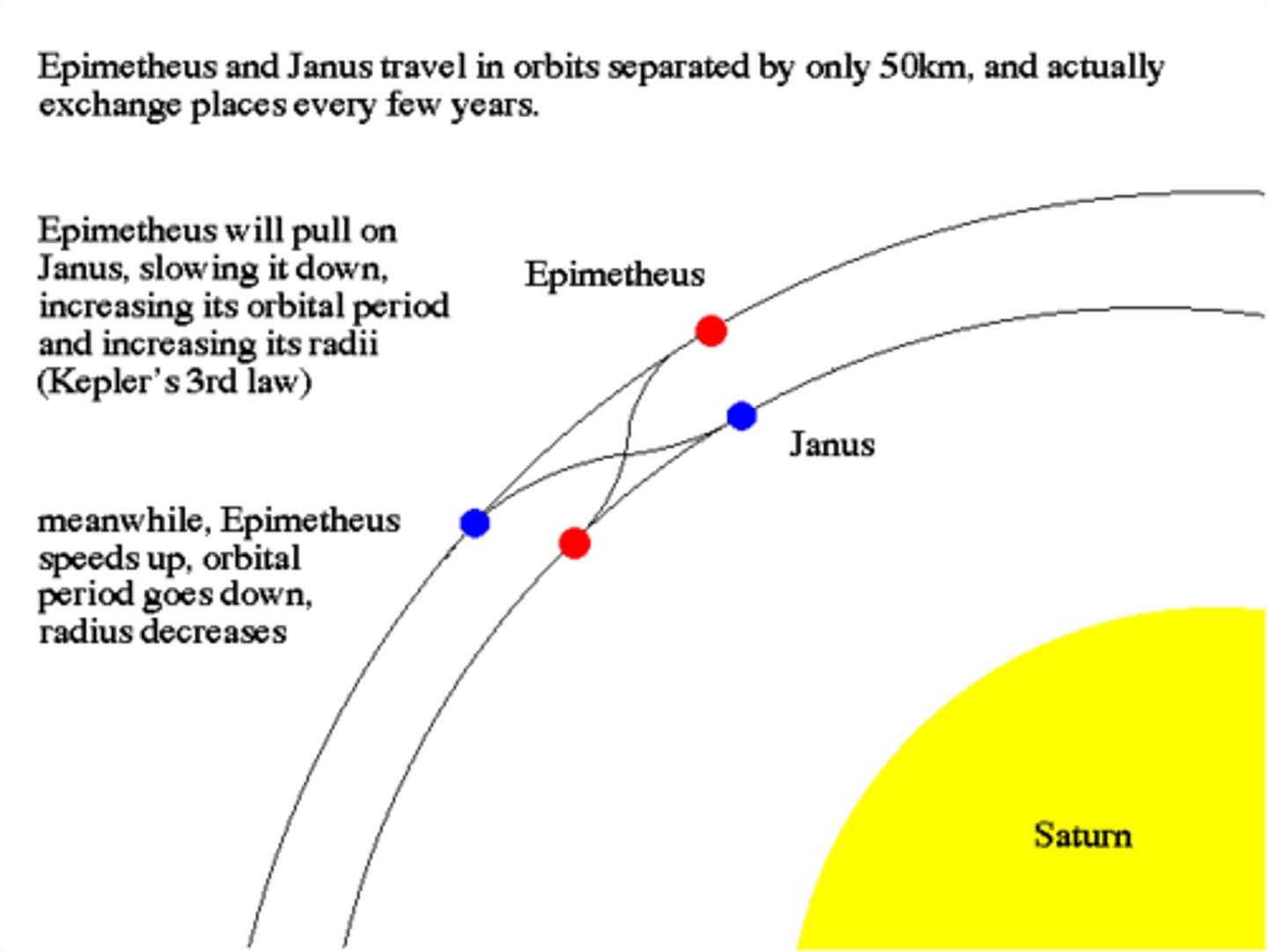
Phoebe
Phoebe is an irregular satellite of Saturn with a mean diameter of 213 km.
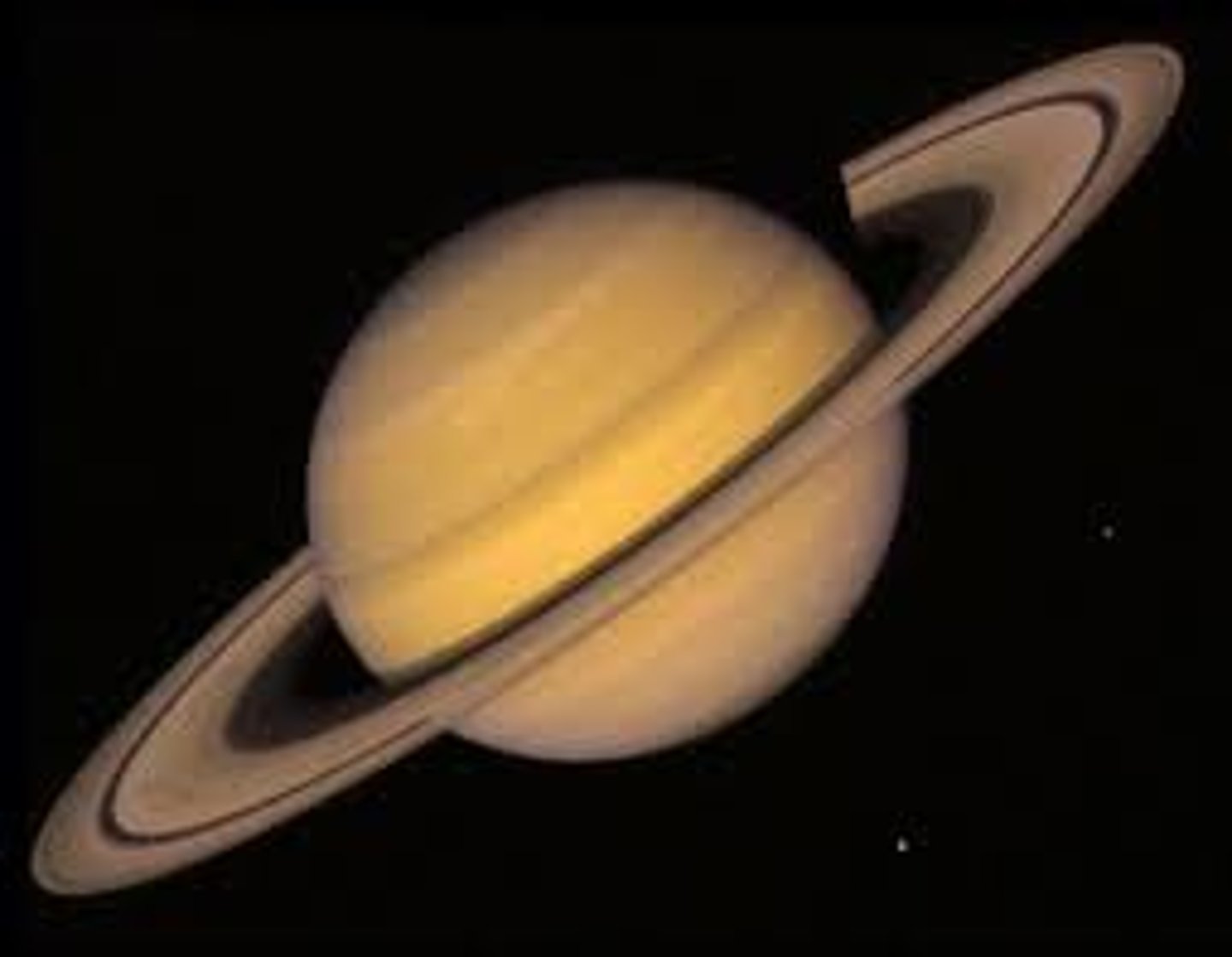
Daphnis
Daphnis is an inner satellite of Saturn.
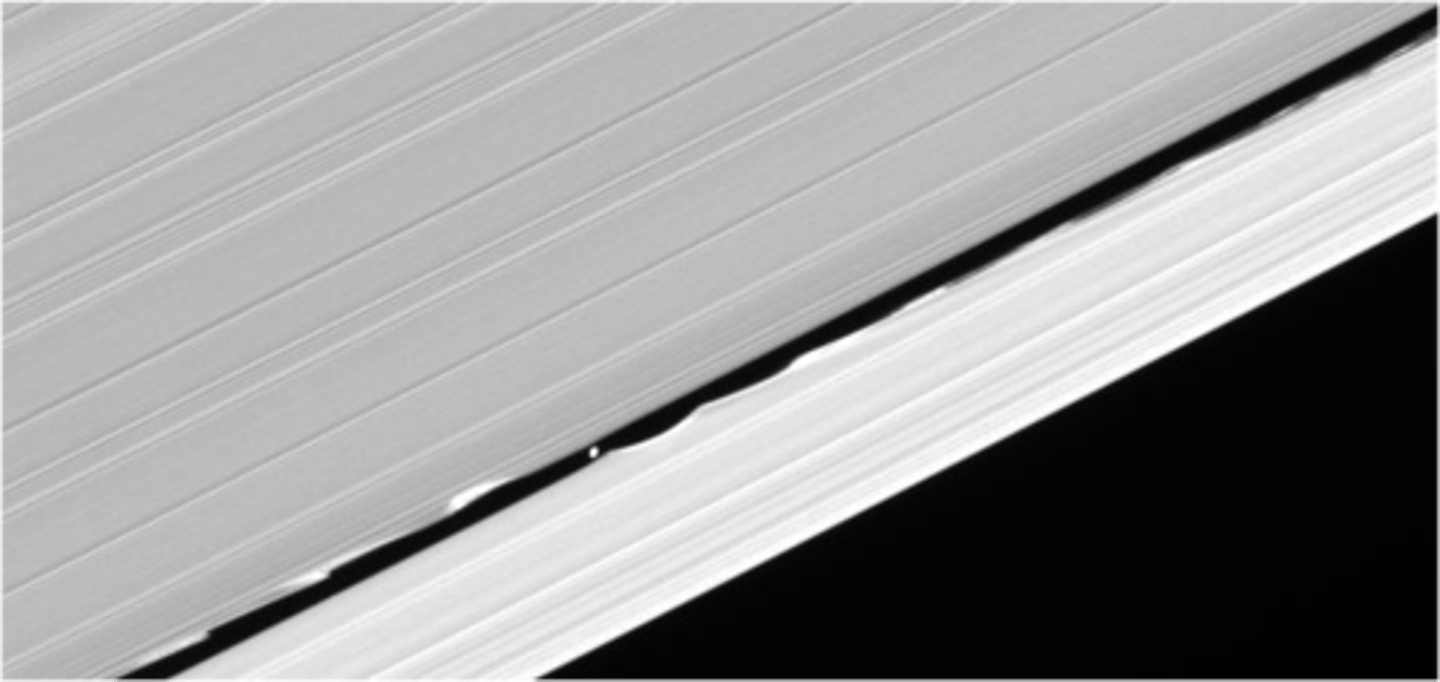
telesto moon
Telesto is a moon of Saturn. It was discovered by Smith, Reitsema, Larson and Fountain in 1980 from ground-based observations, and was provisionally designated S/1980 S 13.
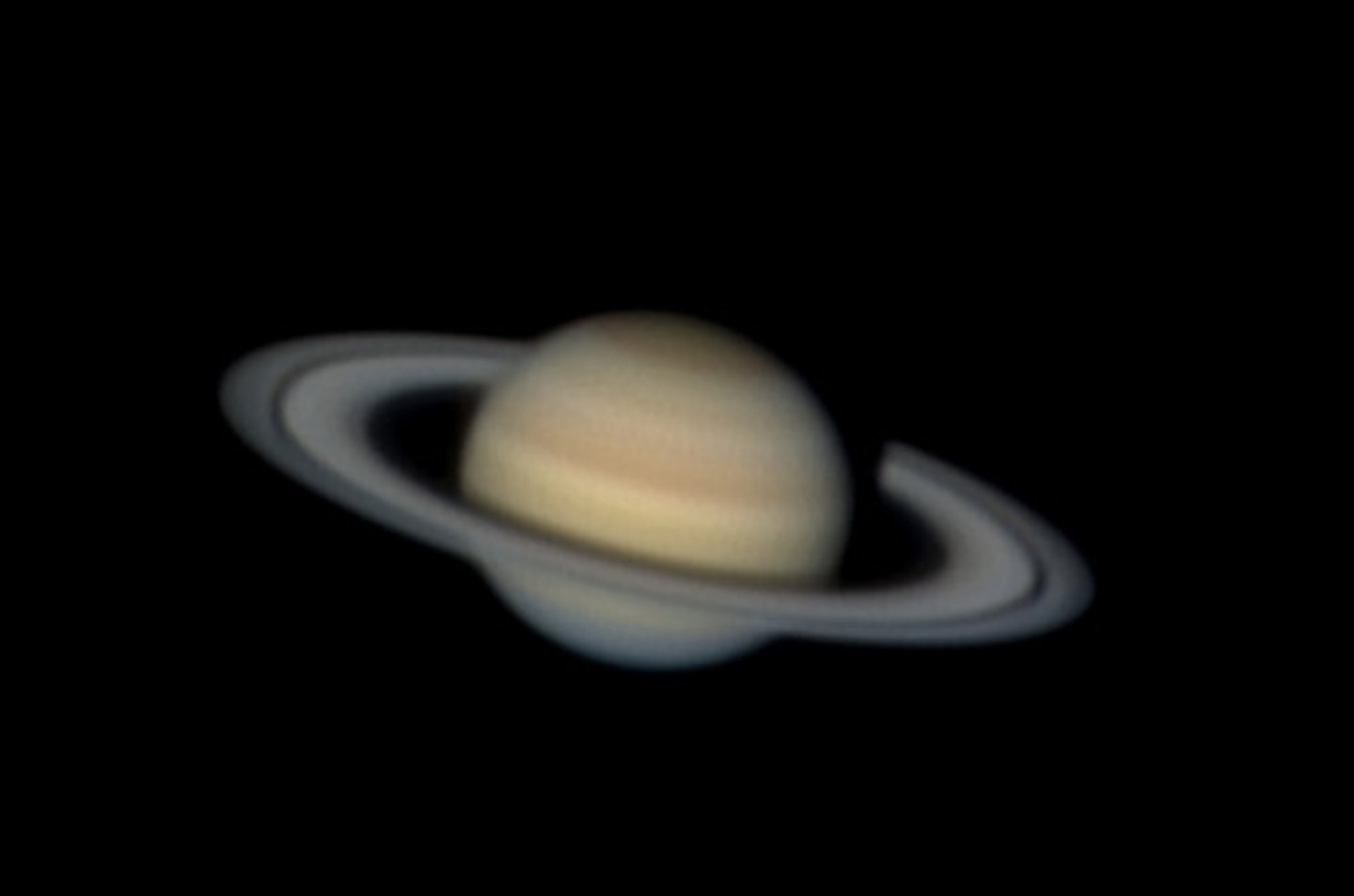
Paaliaq
moon of saturn the ringed planet

Methone
Methone is a very small natural satellite of Saturn orbiting between the orbits of Mimas and Enceladus. It was discovered in 2004, and in 2012 was imaged more closely by the Cassini orbiter probe. Wikipedia
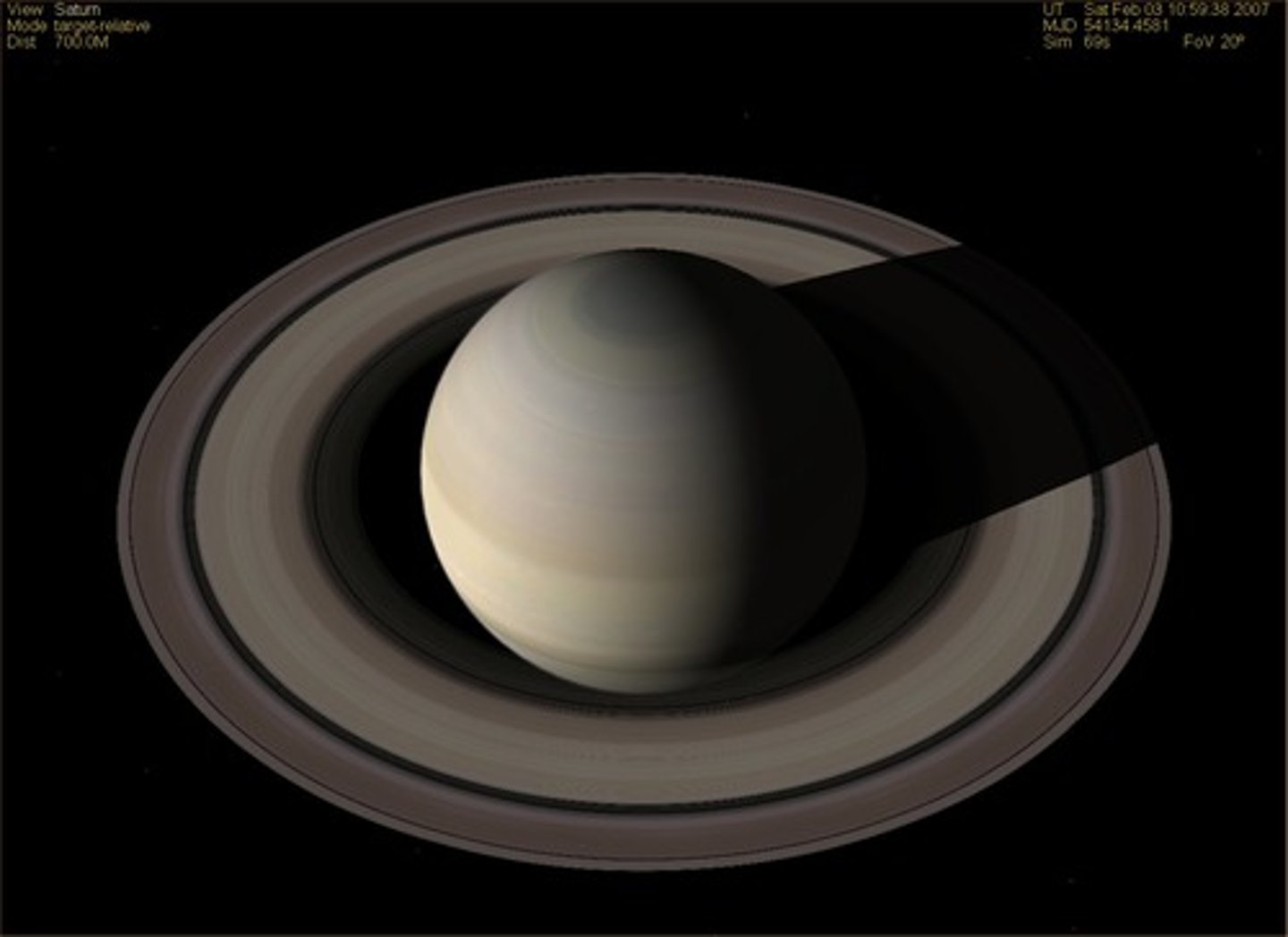
Polydeuces moon
Polydeuces, or Saturn XXXIV, is a small natural satellite of Saturn that is co-orbital with the moon Dione and librates around its trailing Lagrangian point.
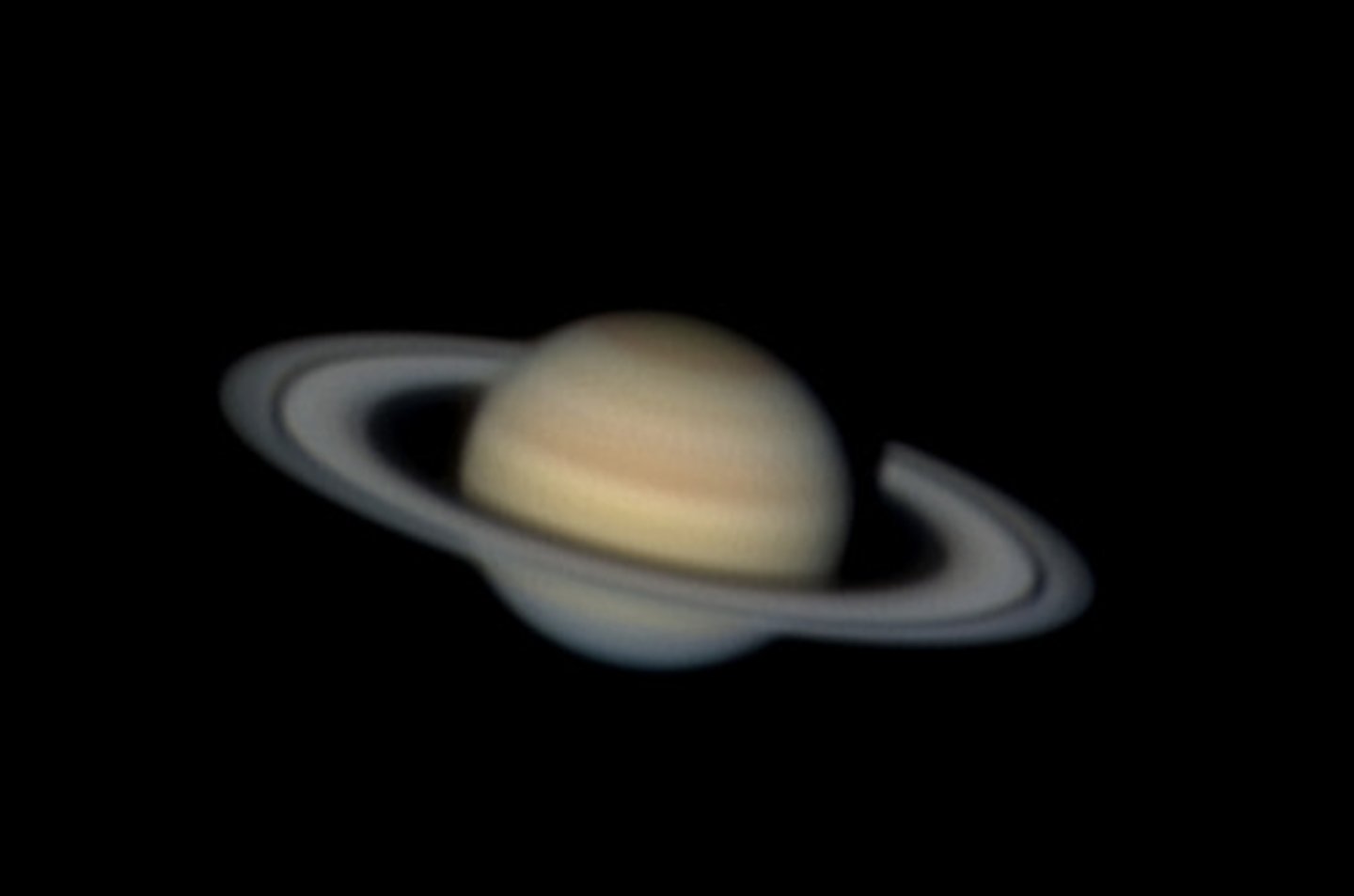
Ijiraq
Ijiraq, or Saturn XXII, is a small prograde irregular satellite of Saturn. It was discovered by the team of Brett Gladman, John J. Kavelaars, et al. i
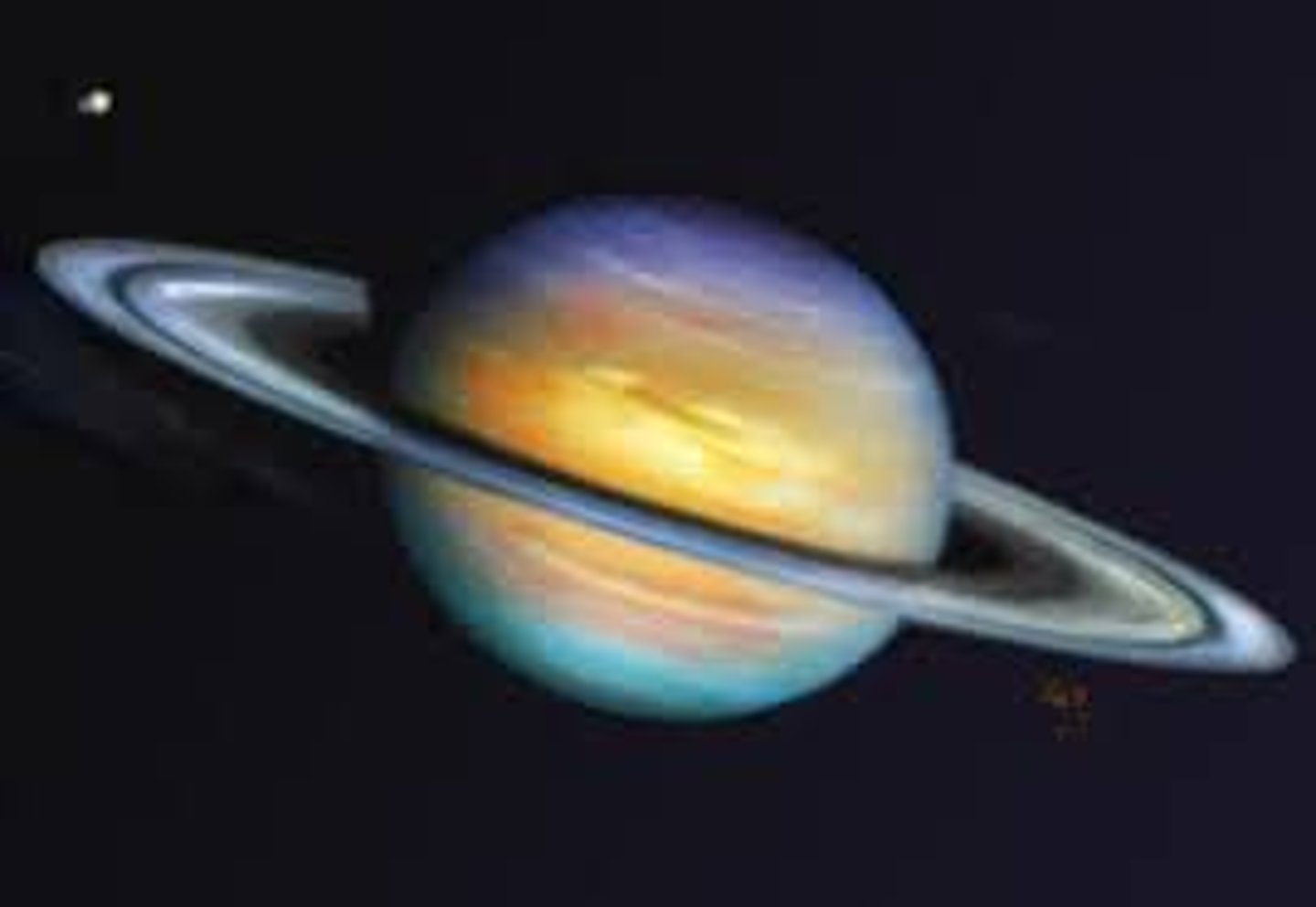
Ymir
Ymir, or Saturn XIX, is a retrograde irregular moon of Saturn.
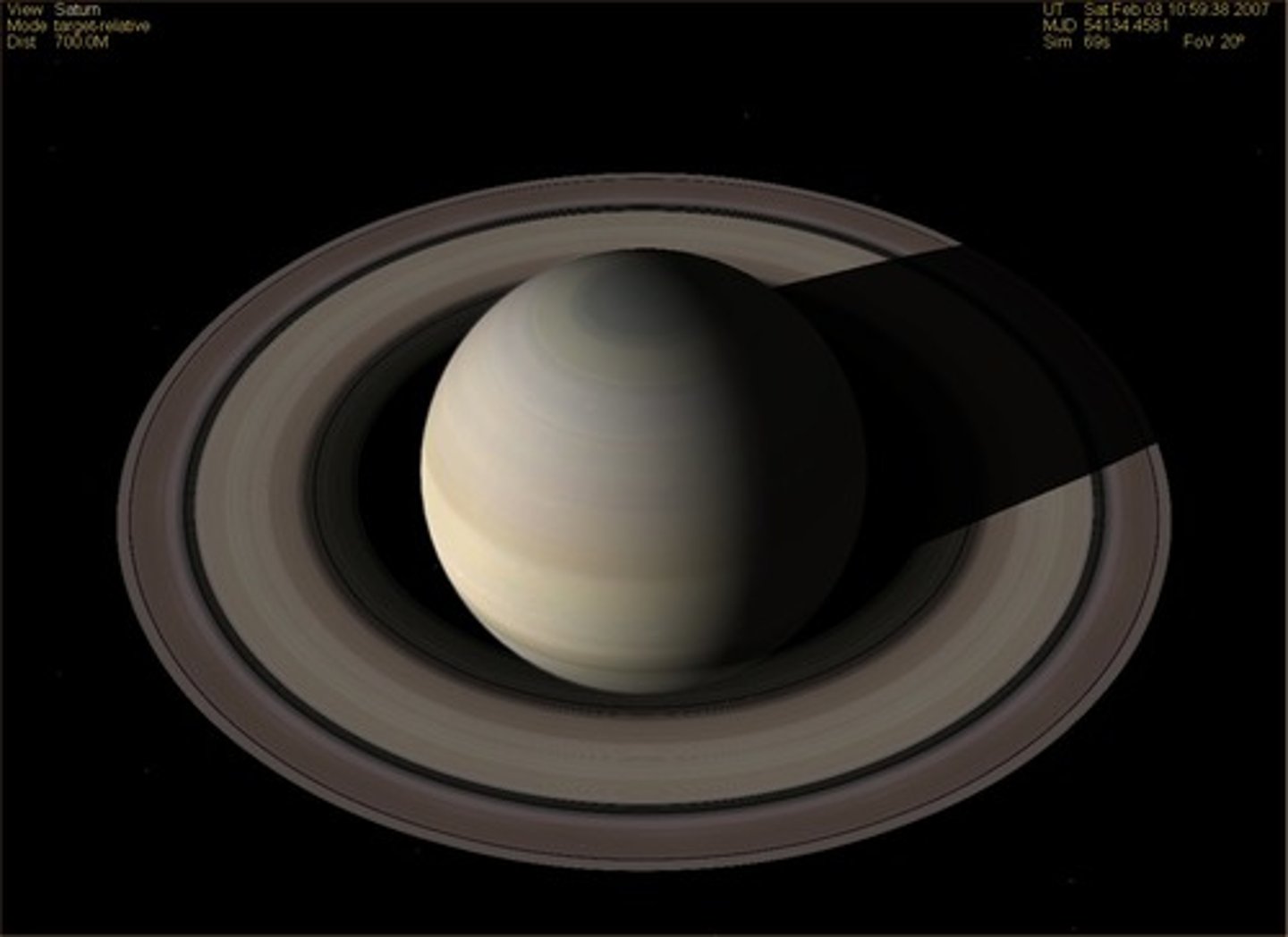
Kiviuq
Kiviuq is a prograde irregular satellite of Saturn
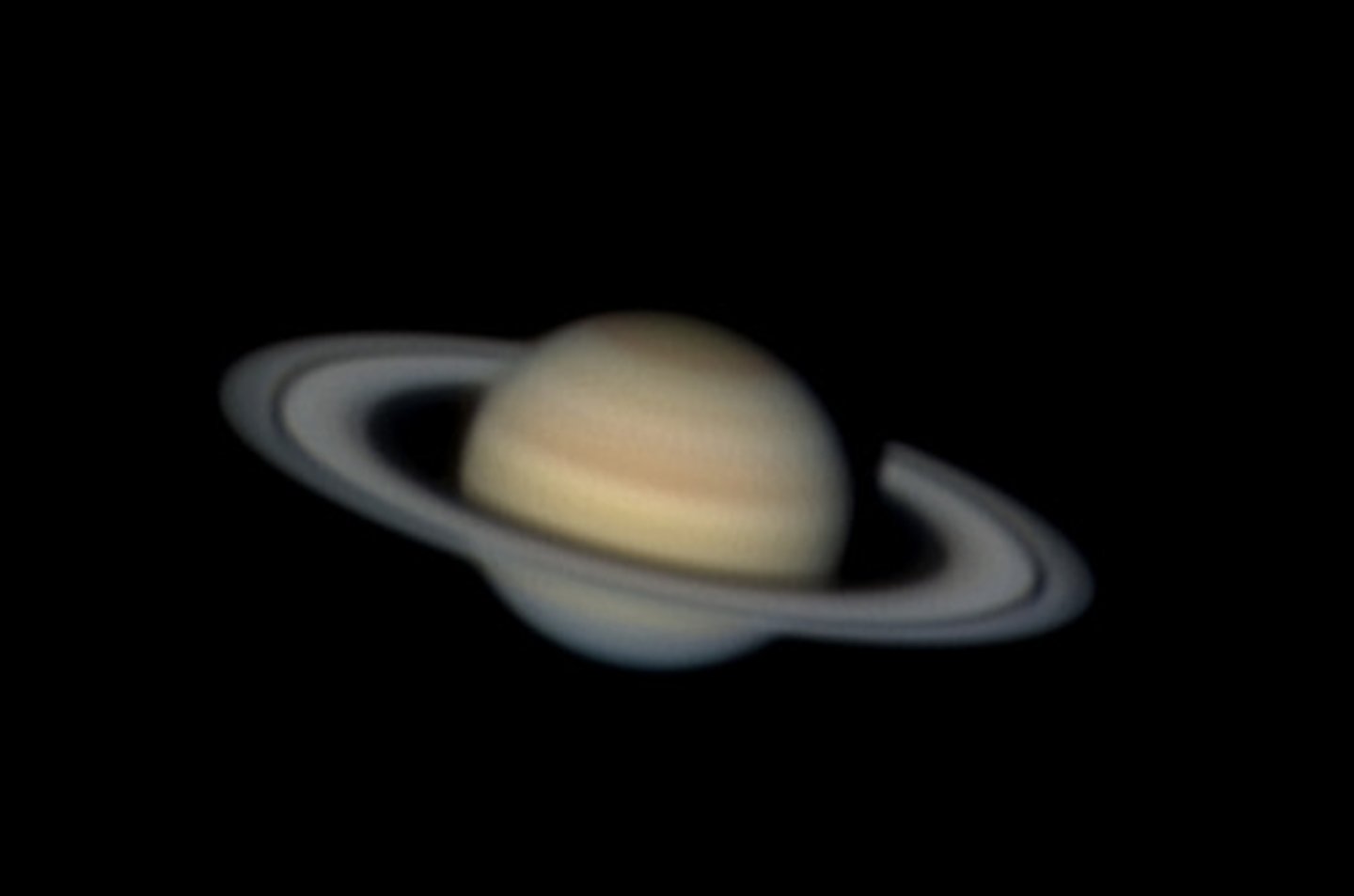
pallene
Pallene is a very small natural satellite of Saturn. It is one of three small moons known as the Alkyonides that lie between the orbits of the larger Mimas and Enceladus. It is also designated as Saturn XXXIII. Wikipedia
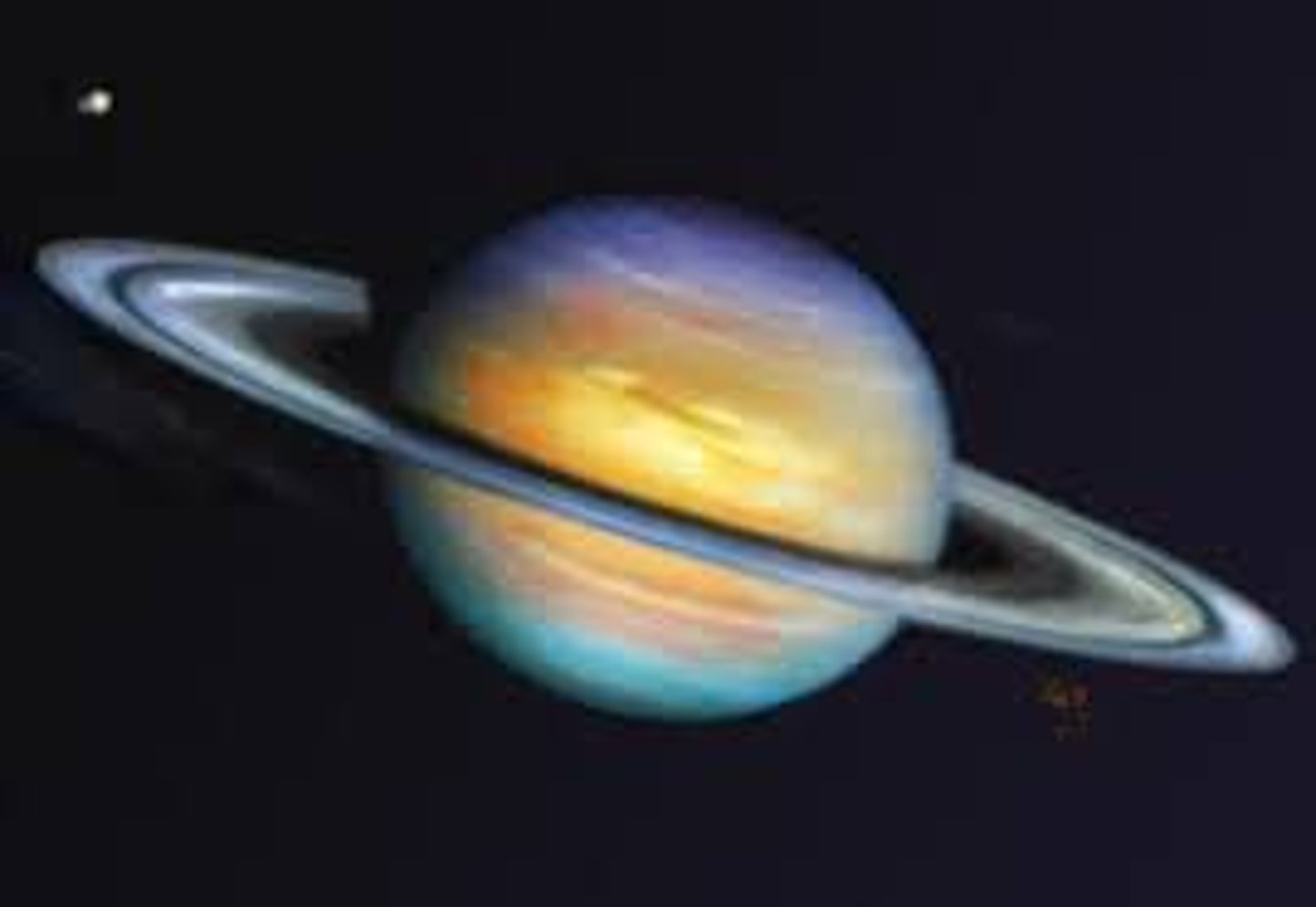
How many moons does Saturn have?
62
